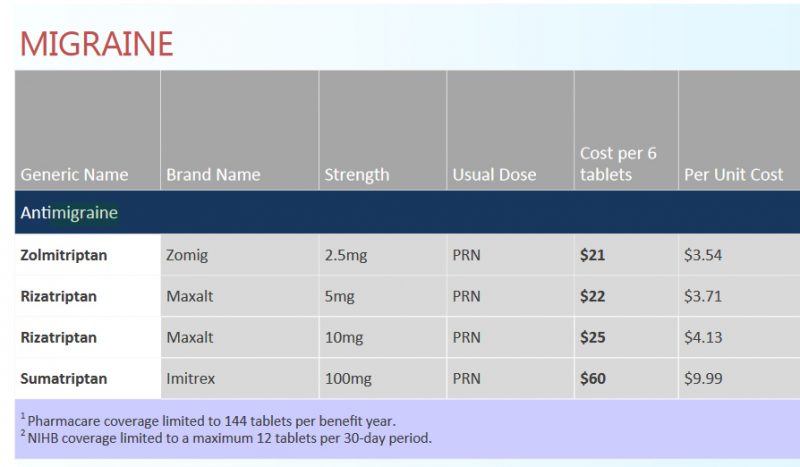
College of Pharmacy researchers Shawn Bugden (l) and Jamie Falk (r) priced and catalogued the major classes of drugs that family physicians see every day.
Comparing drug costs: Research informs physicians, patients
Imagine you develop a health condition that requires a prescription. There are six drugs that are nearly identical, all in the same class. If they all have the same benefits and side effects, which do you choose?
The one that costs over $100 to fill? Or the one that costs $10?
For the typical patient, there’s really no contest. But there’s just one catch. How do you even know you have a choice?
That’s where College of Pharmacy researchers Shawn Bugden and Jamie Falk come in. Now in its third edition, their publication “Price Comparision of Commonly Prescribed Medications in Manitoba (2018)” helps arm doctors and their patients with the information they need to get the best value for their health-care dollar.
“When you look at the hierarchy of decision making, we always look at ‘is it effective and safe’ first,” said Falk, a pharmacist who works with a family practice two days a week. “If there’s a difference in price but there’s no difference otherwise, why wouldn’t we choose something that is the least expensive?”
Spurred on by their work running the annual MEDS continuing professional development conference, a collaboration between the Max Rady College of Medicine and College of Pharmacy, Bugden, Falk, and two students Cody Magnusson (U of T, PharmD) and Jared Fridfinnson (fourth year) took on the task of pricing and cataloguing major classes of drugs that family physicians see every day.
“Physicians really struggle with knowing what medications cost,” said Bugden. “Even for the pharmacist who fills the prescription, unless you see the prices all lined up in a table, it’s hard to make a comparison.”
Even an educated guess doesn’t always help, admits Bugden. “One of our big surprises last year was a category of drugs for migraine,” he said. It’s a topic that hits close to home, as his wife takes medication for this type of severe headache on a regular basis.
“Sumatriptan is one of the oldest drugs in this group. It’s been generic for a while; you would think it would be the cheapest. It turns out to be the most expensive.”
At roughly $10 per tablet, some patients may think twice about how often they’re able to refill their prescription, even for a condition that can be debilitating. But if they can choose a comparable drug for a third of the price? “That can make all the difference for some people,” says Falk.
Bugden says response to the reference publication, first released in 2016, has been overwhelmingly positive. “We hear all the time about physician groups who have placed the PDF right on the desktop of their clinic computers,” he said. “That’s evidence in action.”







